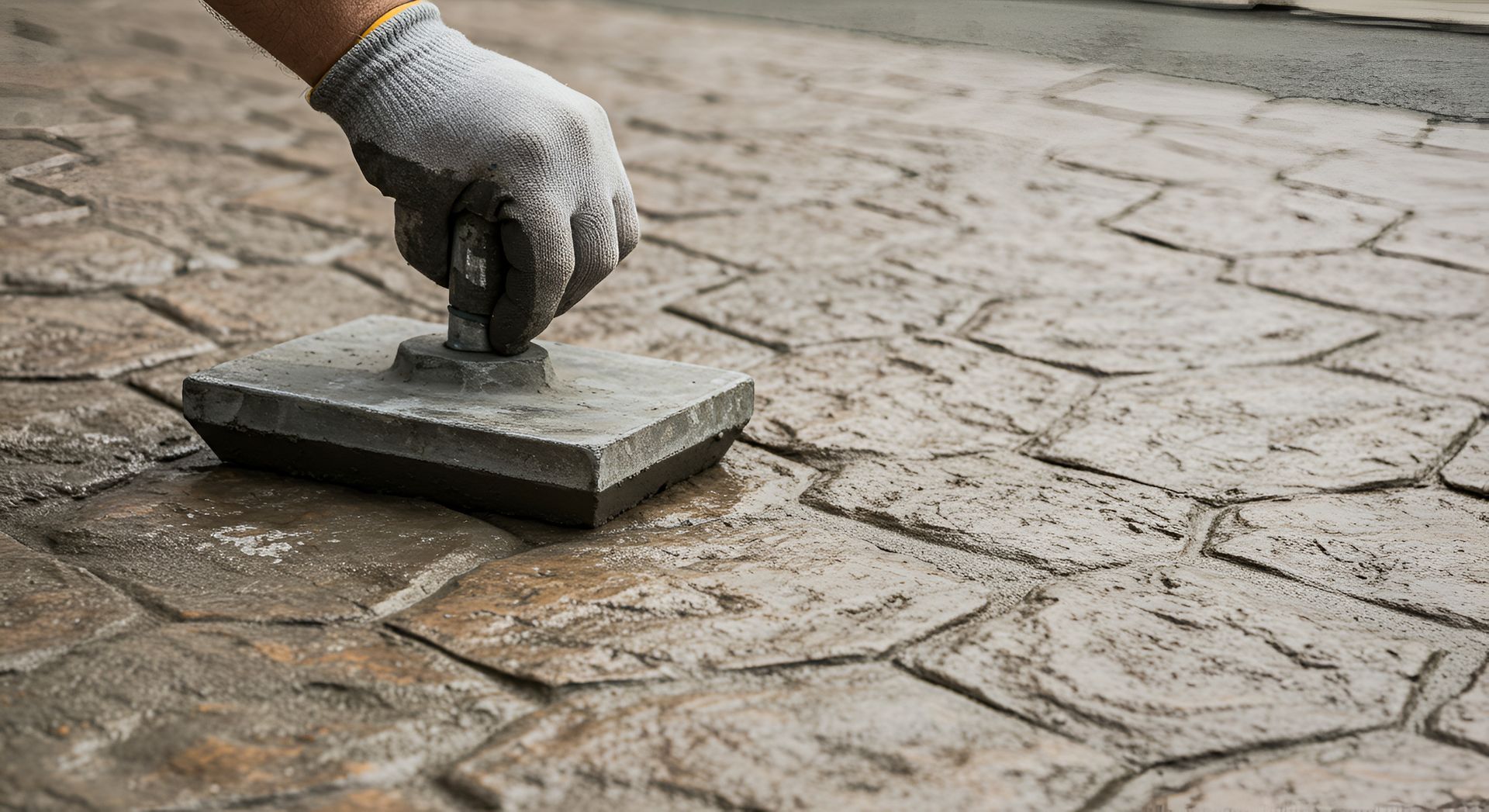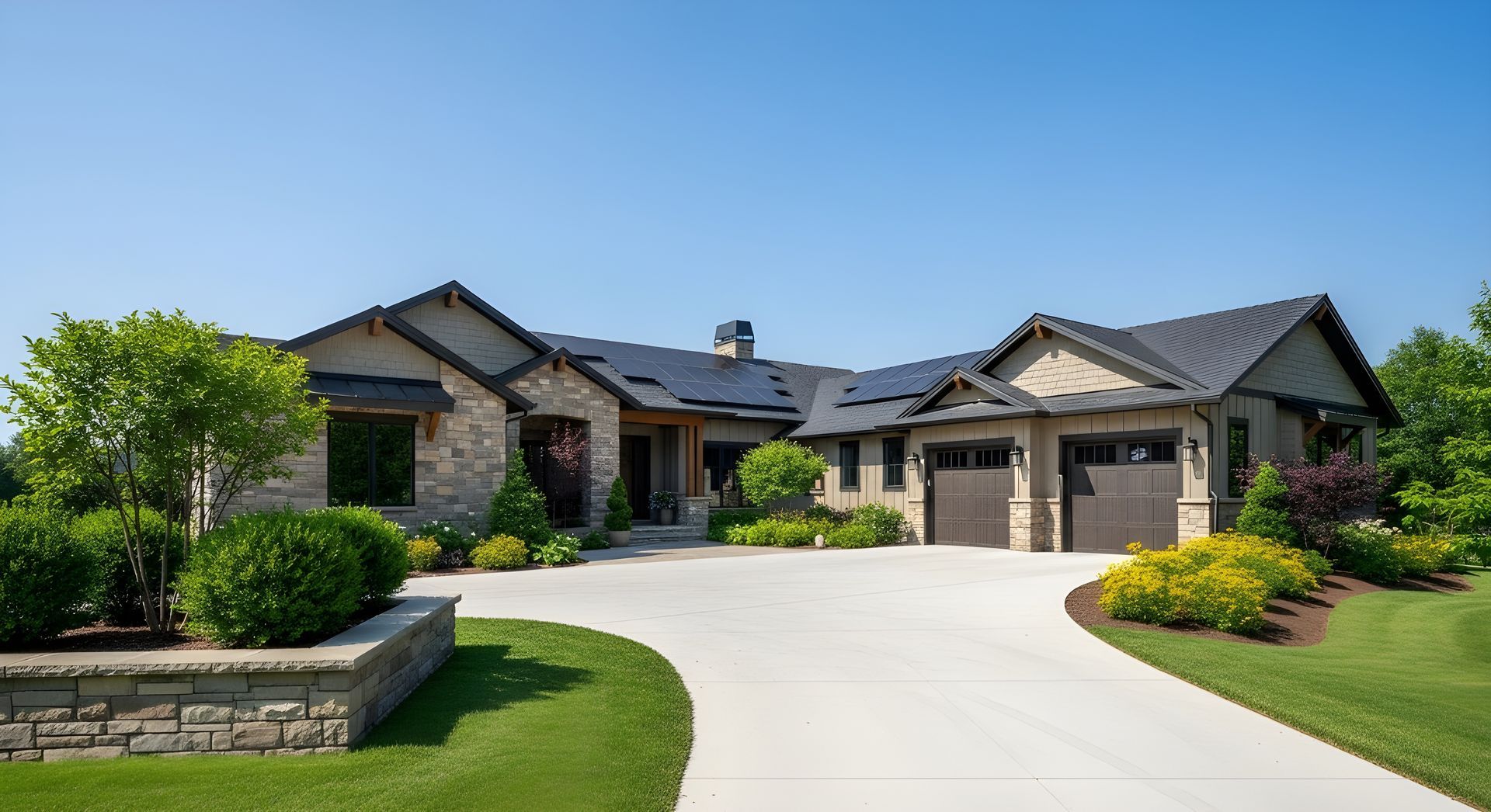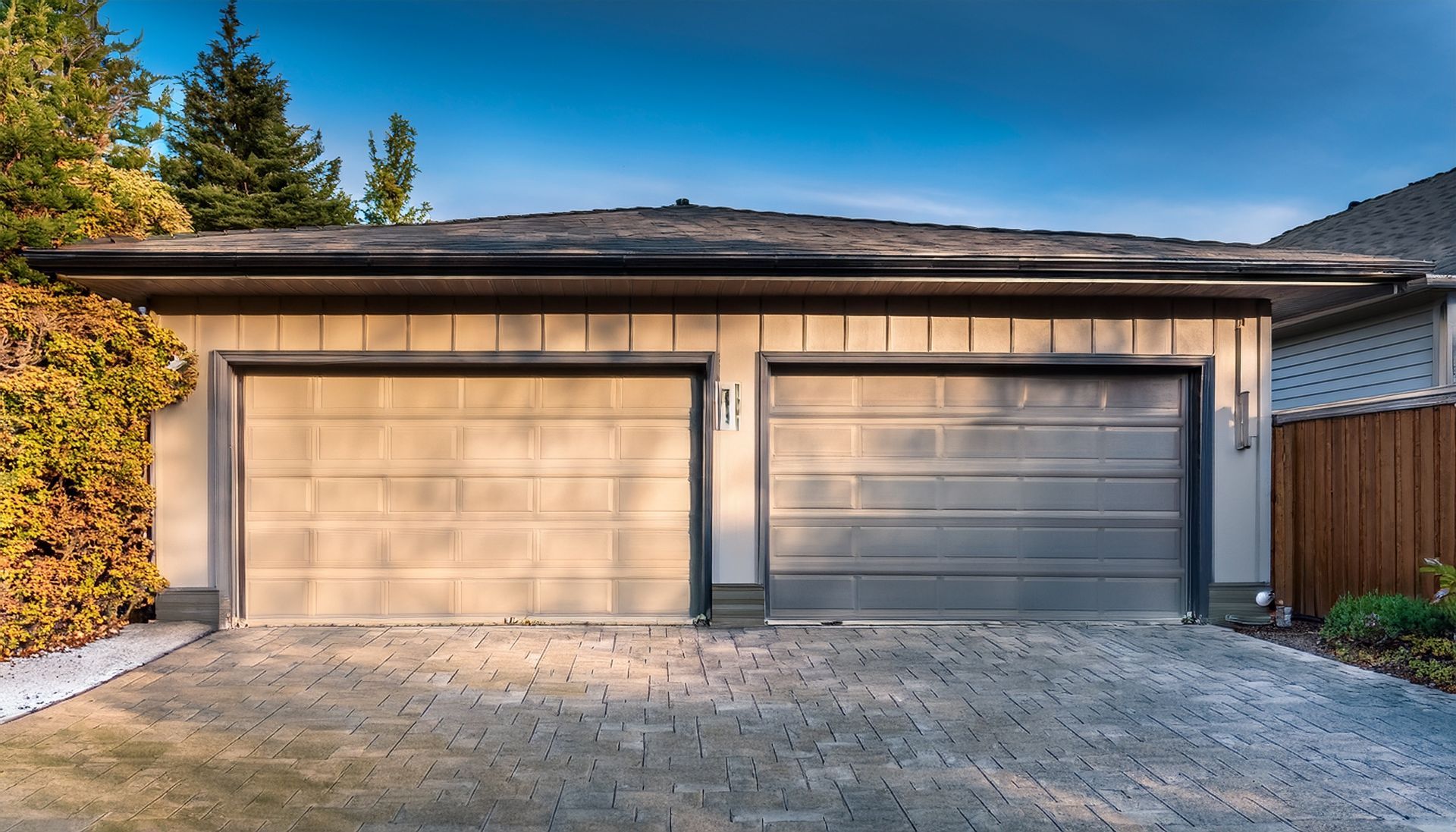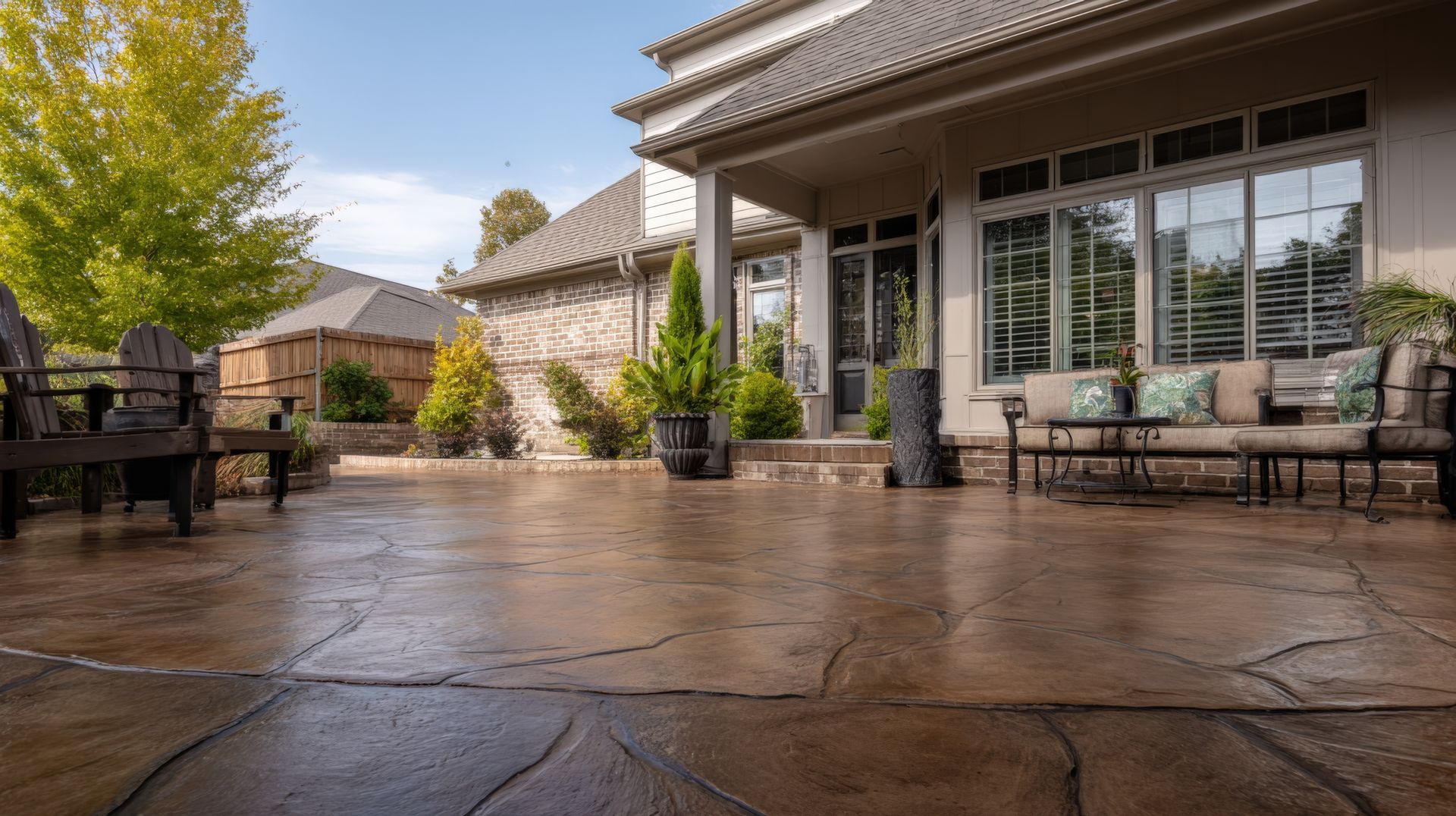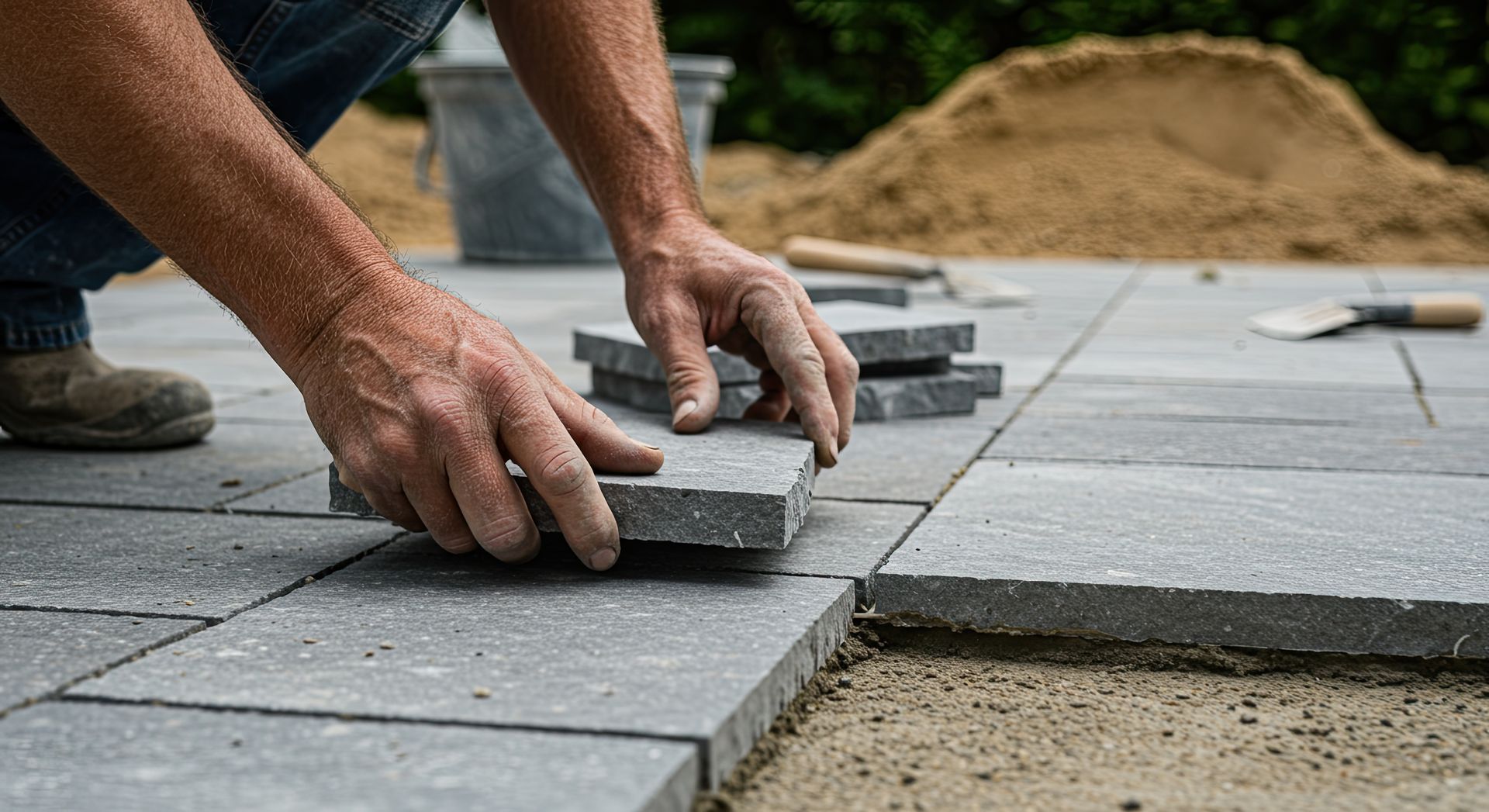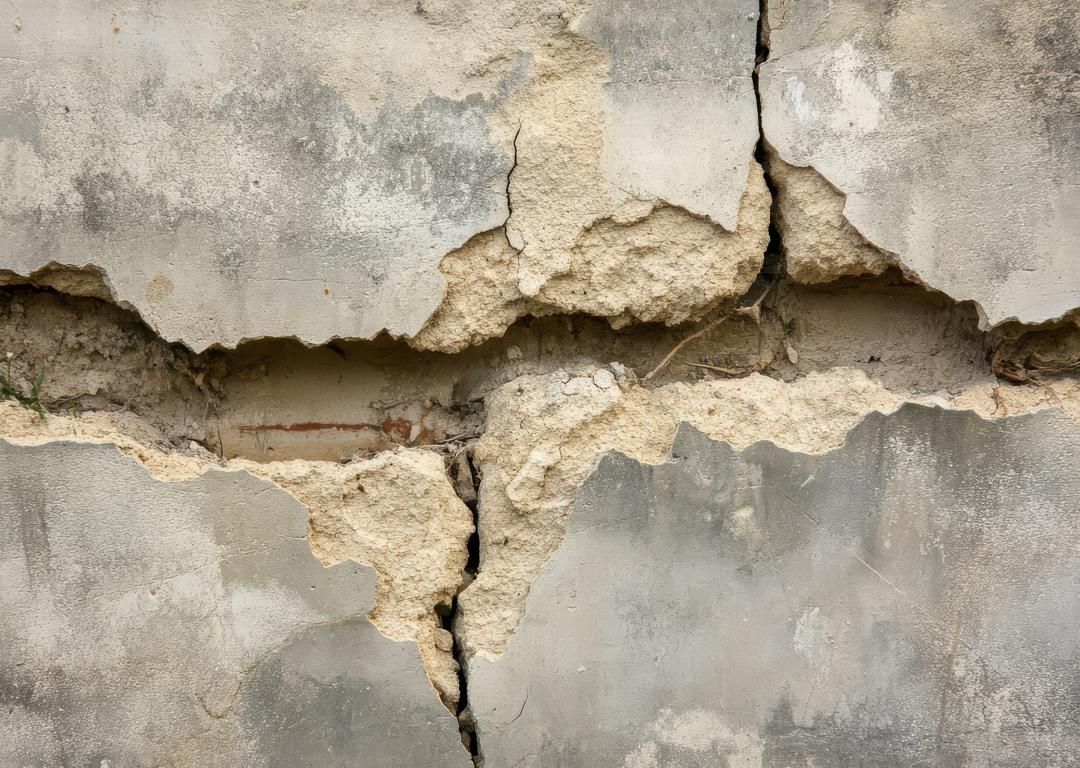
Concrete is one of the most durable materials used in construction, prized for its strength and longevity. However, it is not immune to damage over time, particularly when exposed to harsh weather conditions or improper installation. Homeowners need to be proactive in identifying early signs of concrete wear to prevent minor issues from escalating into significant, costly repairs. This comprehensive guide will explore common indicators of concrete damage, their causes, and how to address them effectively to maintain the integrity and appearance of concrete surfaces.
Understanding Concrete Damage
Concrete can be affected by a variety of factors that lead to deterioration, including environmental conditions, improper installation, and wear from heavy use.
Understanding the types of damage that can occur will help homeowners recognize potential problems before they require major repairs.
Common Causes of Concrete Damage
- Temperature Fluctuations: Extreme changes in temperature can cause concrete to expand and contract, leading to cracking and surface wear.
- Moisture Infiltration: Water can seep into cracks and joints, freezing and expanding during cold weather, which can exacerbate damage.
- Chemical Exposure: De-icing salts, oil spills, and other harsh chemicals can deteriorate concrete surfaces, leading to discoloration and spalling.
- Poor Drainage: Inadequate drainage can result in standing water, which can erode concrete and create uneven surfaces.
By recognizing these factors, homeowners can take preventive measures to mitigate concrete damage effectively.
Hairline Cracks
One of the first signs of concrete damage is the appearance of hairline cracks. These cracks can occur due to various factors, including temperature fluctuations, moisture changes, and the natural settling of the foundation. While hairline cracks are often superficial, monitoring their development is essential. If these cracks widen or deepen over time, it could indicate a more serious issue.
Identifying Hairline Cracks
- Size and Location: Hairline cracks are typically less than 1/16 inch wide and may appear randomly on surfaces such as driveways, patios, or foundations.
- Growth Monitoring: Keep track of whether these cracks are stable or increasing in size. Regular inspections will help identify any concerning changes.
How to Address Hairline Cracks
- Sealant Application: Use a concrete crack sealant to fill in hairline cracks and prevent moisture infiltration. This will help stop the cracks from expanding and protect the underlying concrete.
- Regular Monitoring: Keep an eye on these cracks for any changes. If they worsen or become more extensive, consult a professional for further evaluation and repair options.
Spalling
Spalling refers to the flaking or peeling of the concrete surface, often caused by freeze-thaw cycles or the use of de-icing salts. This condition can be unsightly and may compromise the integrity of the concrete if not addressed. Homeowners should inspect their concrete surfaces for signs of spalling, especially after winter.
Identifying Spalling
- Surface Appearance: Look for areas where the concrete surface appears to be flaking or bubbling, revealing a rough texture underneath.
- Size of Damage: Spalling can range from small patches to larger areas, and the more extensive the spalling, the more urgent the need for repair.
How to Address Spalling
- Surface Repair: Remove the damaged layer of concrete and apply a concrete resurfacer to restore the surface. This will improve aesthetics and prevent further deterioration.
- Preventative Measures: Consider applying a protective sealer to reduce the impact of moisture and chemicals on the concrete, enhancing its longevity.
Settling and Uneven Surfaces
Over time, the ground beneath concrete can shift, leading to settling and uneven surfaces. This can be particularly concerning for driveways and patios, as it may create tripping hazards and affect drainage. Homeowners should regularly inspect their concrete surfaces for any noticeable shifts or dips.
Identifying Settling Issues
- Visual Inspection: Look for signs of cracking along edges or noticeable slopes in the concrete surface. Areas where water tends to pool may also indicate settling problems.
- Level Check: Use a level to determine if surfaces are even; significant deviations can indicate underlying issues that need to be addressed.
How to Address Settling
- Mudjacking: This method involves injecting a mixture of mud and cement beneath the slab to raise it back to its original position. This is a cost-effective solution for minor settling issues.
- Professional Assessment: If significant settling is observed, consult a foundation repair specialist to evaluate the issue and recommend appropriate solutions. They can provide insights into the underlying causes of settling and how to address them effectively.
Discoloration and Stains
Discoloration or staining on concrete surfaces can indicate issues such as water damage, mold growth, or chemical exposure. It's essential to identify the source of the staining and address it promptly to prevent further damage.
Identifying Discoloration
- Stain Types: Look for yellow or brown stains, which can indicate rust or oil spills. White powdery residue may signify efflorescence, a condition caused by moisture migration.
- Extent of Damage: Check if the discoloration is widespread or localized, as this can help determine the best course of action.
How to Address Discoloration
- Cleaning: Use a pressure washer or a concrete cleaner to remove stains and restore the surface's appearance. For tough stains, specialized cleaning solutions may be necessary.
- Sealing: After cleaning, apply a concrete sealer to protect against future staining and damage. This can enhance the longevity and aesthetic appeal of the concrete.
Moisture Issues
Excessive moisture around concrete can lead to various problems, including erosion and cracking. Homeowners should inspect the areas surrounding concrete surfaces for signs of standing water or poor drainage.
Identifying Moisture Problems
- Standing Water: Look for areas where water tends to collect after rain or snowmelt, as this can indicate inadequate drainage.
- Dampness: Check for damp spots or mold growth near concrete surfaces, which can signify moisture problems that need to be addressed.
How to Address Moisture Issues
- Improve Drainage: Ensure that gutters and downspouts direct water away from concrete surfaces to prevent erosion and saturation. This may involve cleaning gutters or adjusting downspout extensions.
- Grading: Adjust the landscape grading around the foundation to promote proper drainage and reduce moisture accumulation. A landscape professional can assist with this process if necessary.
Regular inspections and prompt action are vital in preventing minor concrete damage from escalating into major repairs. Homeowners should remain vigilant for signs of wear and address them before they worsen.
By understanding the common types of concrete damage and implementing the appropriate solutions, homeowners can ensure their concrete surfaces remain durable and attractive for years to come.
For those seeking expert assistance in identifying and repairing concrete damage,
Creteworx is here to help.
Call us at 720-669-7843 for a professional evaluation of your concrete surfaces and to discuss the best maintenance strategies for your home. Taking proactive steps now can save you time and money in the long run!
